Why are biriyani pots covered in red cloth?
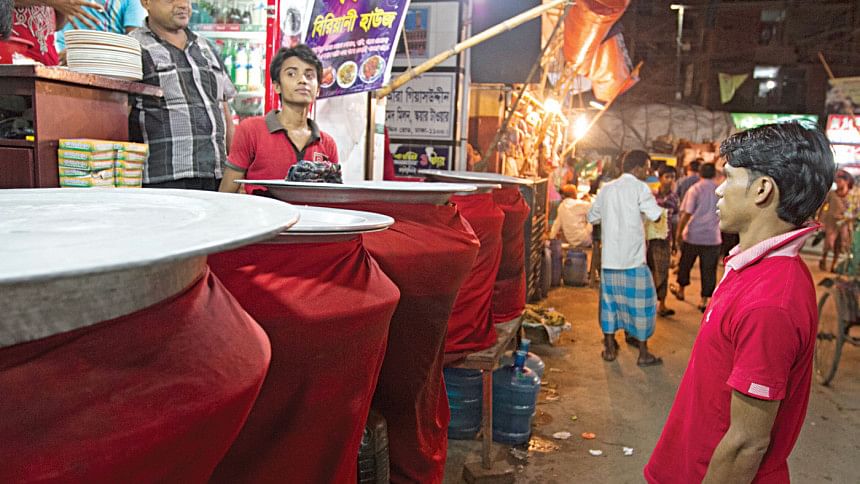
Whenever you visit or just walk past any roadside eatery, you often see large deghs or pots covered in a red cloth. You know that those pots hold biriyani, polau, or the like but do you know why all these deghs or dekchis are always wrapped in red?
Finding a satisfactory answer may be hard in this regard but after interviewing several people -- culinary experts, restaurant owners, servers, chefs, and connoisseurs -- what we present you here is a compilation of the most popular theories and opinions.
Shawkat Osman, author and researcher in the culinary field, stated that the cloth is the "laal shalu" we are all familiar with. He added, "Red is an attractive colour. Also, this colour may show less dirt on the cloth."
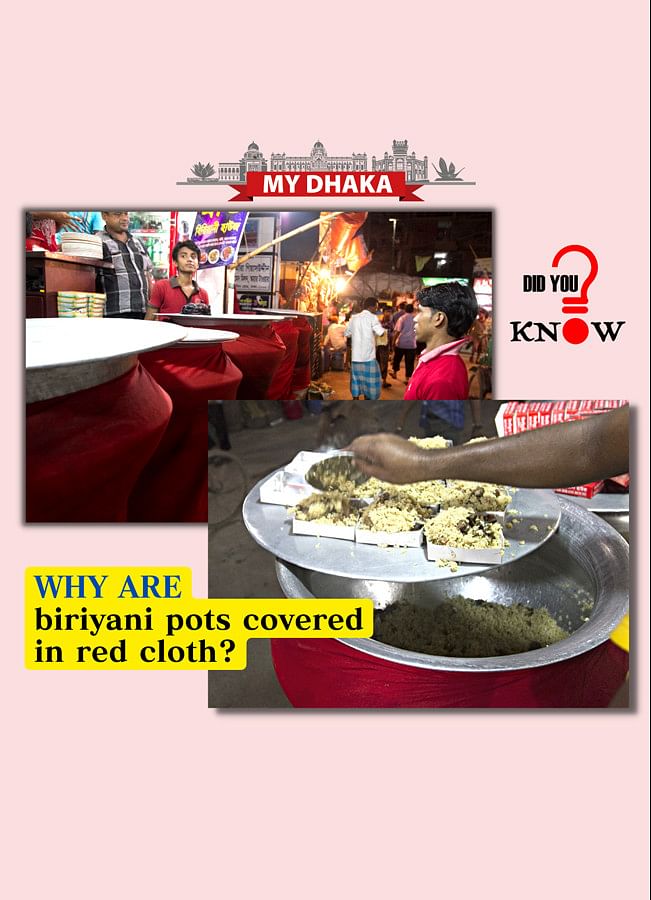
The notion of the attractiveness of the red cloth is reverberated by almost every server and owner of various eateries in different locations of Dhaka. "Shundorjo" -- "it is beautiful and attractive" -- they all said, often adding, "It has always been this way".
"A red fabric lasts for around a month," one of the servers in an eatery near Farmgate informed. "We buy 'shalu kapor' from any market that sells fabrics. It is readily available."
The question remains, why cover it with a cloth in the first place? An obvious answer, as suggested by several servers in Old Dhaka, is that it is to keep the flame alive that is blowing below the pot, saving it from the wind.
Hence, going back to our original question of why red is the colour of choice, a baburchi (chef), Md Shahid Hossain, opined, "It is the 'trademark' colour for biriyani. Also, people know from far away that there is food in the degh. But if the degh is not wrapped in cloth, it indicates that the degh is now empty."
Such interesting theories continued emerging. Comments started pouring in after posting the question on the Facebook page, The Food Talk, a platform for culinary enthusiasts.
Answers ranged from how the attractive red is used to draw the attention of people; to indicating that the food is hot; to the notion that red may increase appetite and hence many food companies around the world use this colour in their branding.
Meanwhile, Syed Ahmed Ali, an Old Dhaka resident from the Saat Rowza area, sees it as a tradition springing from the idea of "nazar" or the evil eye. He has seen that even when a small number of snacks were brought from one place to another, people traditionally used to carry them in a red handkerchief, to ward off any evil eye on the food, of any passerby.
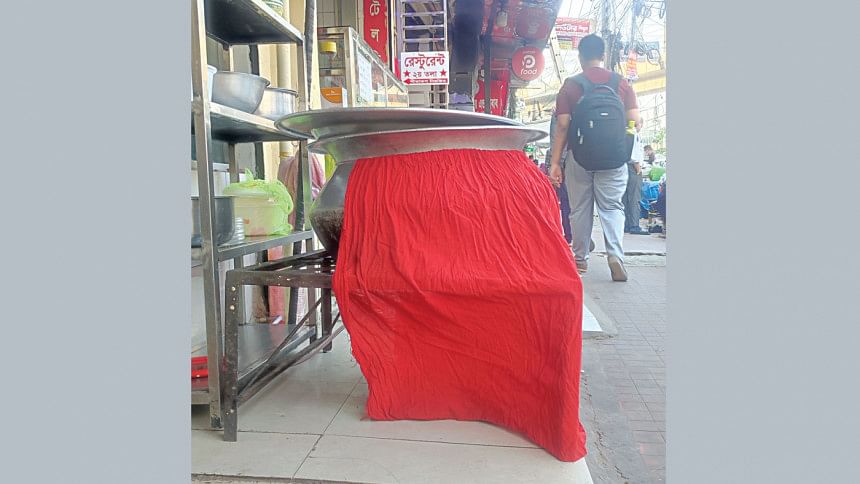
Yet, another theory speaks of a Mughal connection, as pondered upon by several people, including Labib Tarafdar, one of the owners of Madchef, Cheez, and as well as Pagla Baburchi -- with the latter offering biriyani, among other items.
"I cannot say for sure, but I have heard that during the Mughal era, food served to the royalty was done with some usage of red cloth. Perhaps, the practice we see today has an influence from there?" he mused.
It is widely believed that during Emperor Humayun's time, the custom in the imperial kitchen, of covering food/serving dishes/utensils with red cloth began. There are many versions of this story.
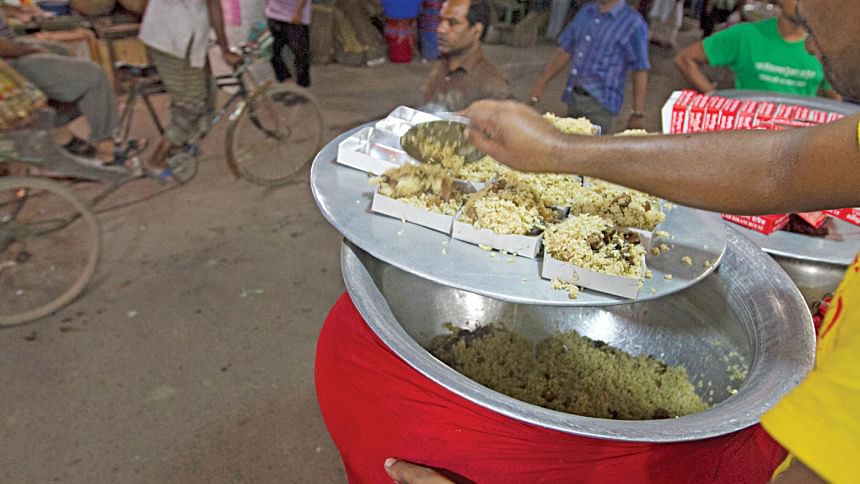
Stories and opinions are aplenty! It is hard to pick one theory over another, given the obscurity of the reason behind this ubiquitous custom.
Quite possibly, the real answer lies in the aggregate of a number of these theories. Also, we have to keep in mind that this practice is not just limited to Dhaka, but can be found in many parts of the subcontinent.
So, why do you think deghs are covered in red cloth?

 For all latest news, follow The Daily Star's Google News channel.
For all latest news, follow The Daily Star's Google News channel. 


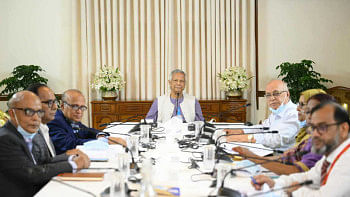
Comments